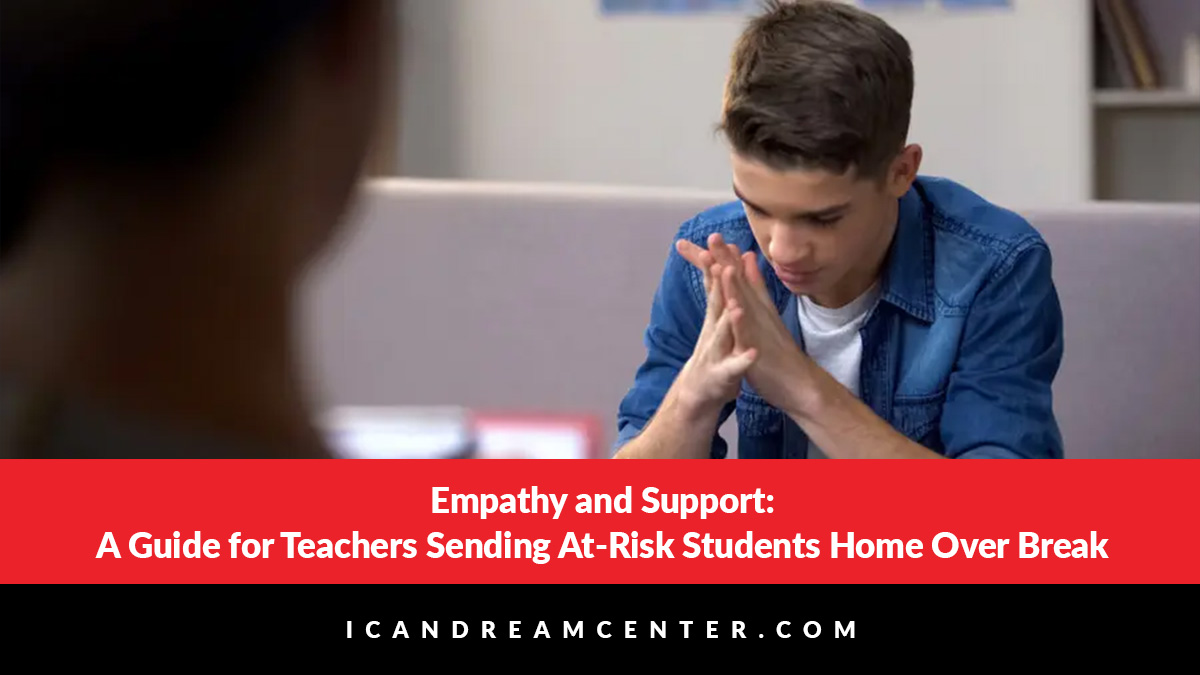
Empathy and Support: A Guide for Teachers Sending At-Risk Students Home Over Break
For educators, the holiday season is a time of joy and celebration, but it also comes with the responsibility of sending students home for an extended break. While many students eagerly anticipate this time with excitement, it’s essential to recognize that some students may not share the same sentiments. For at-risk students who may lack basic needs, love, and stability at home, the prospect of an extended break can be daunting. In this blog post, we’ll explore strategies for teachers to approach this situation with empathy and provide support for those who need it most.
Understanding the Challenges
Before addressing the practical aspects, it’s crucial to understand the challenges faced by at-risk students. These challenges may include financial instability, food insecurity, lack of a supportive family environment, or even unsafe living conditions. Recognizing these difficulties is the first step towards creating a compassionate and supportive plan for students over the break.
Establishing Trust and Open Communication
Building trust is fundamental when working with at-risk students. Before the break, engage in open and honest conversations with these students. Let them know that you care about their well-being and are available to discuss any concerns they may have. Create a safe space where they feel comfortable sharing their thoughts and feelings.
Collaboration with School Resources
Connect with school counselors, social workers, and other support staff to identify resources available to at-risk students during the break. Some schools provide holiday assistance programs, food drives, or support for families in need. Collaborate with these resources to ensure that your students have access to essential services and support.
Holiday Assistance Programs
Explore local community organizations and charities that offer holiday assistance programs. These programs may provide food baskets, gift cards, or other resources to families in need. Share this information with at-risk students and their families, ensuring they are aware of available support.
Create a Supportive Classroom Environment
Before the break, foster a sense of community within the classroom. Encourage students to share their holiday plans, traditions, and experiences. This not only helps build a supportive community but also allows you to identify students who may need extra support. Consider organizing a class celebration to create positive memories for all students.
Provide Educational Resources
For at-risk students who may face educational challenges during the break, provide resources that support continued learning. This could include sending home books, online educational platforms, or community programs that offer educational activities.
Sending at-risk students home over break requires a compassionate and proactive approach from educators. By understanding the challenges these students face, establishing trust, collaborating with school resources, and connecting with community programs, teachers can make a significant impact on the well-being of their students. Remember, the support provided during the holiday season can contribute to creating a more inclusive and caring educational environment for everyone.
